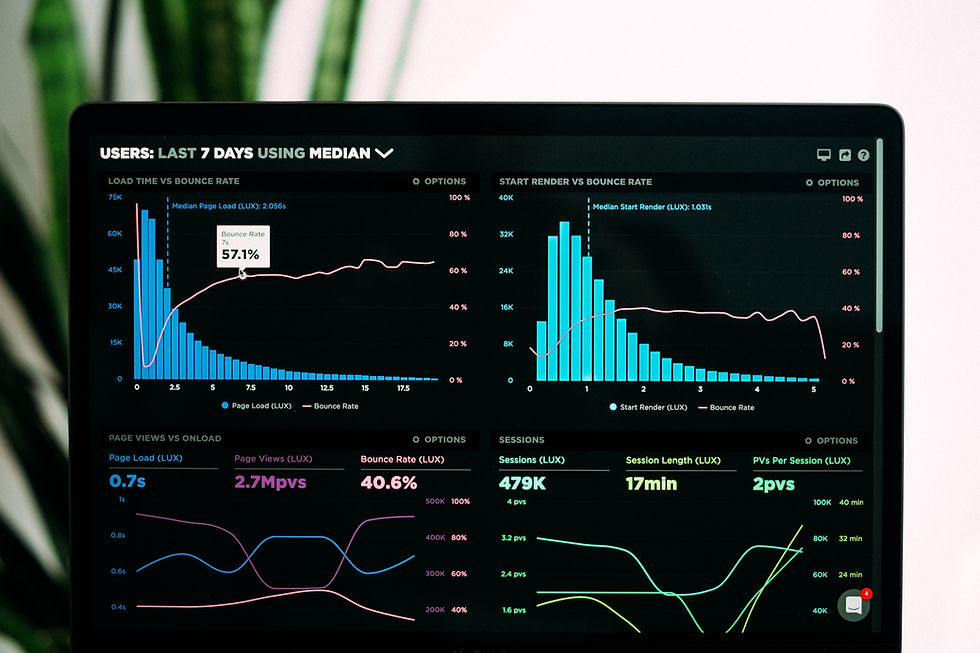How does Grayscale Marketing define ROI from a social media perspective in the past?
- GEM Team
- Jul 15, 2020
- 2 min read
As corny as it sounds, social media serves as a powerful tool for building relationships – and relationships really are difficult things to measure! Difficult does not mean impossible, however. To define our client’s social media ROI, we need to first break down the “why” of our client’s presence. This could ultimately frame how much time or money they need to invest in the first place as well and help define scope.

For us, we take the client’s “why” and then set SMART goals around it to better define KPIs and metrics we need to track to gain insights, then build hypotheses and test against those to uncover what is working and what is not to create ROI.
Not everything we do on social media translates directly into immediate dollars and cents; but rather engages an audience to become loyal patrons and future stream of revenue for your brand. Let’s be clear. Social media ROI is not some sort of one-size-fits-all affair. When clients think “ROI,” they often default to thinking about money. But what about raising brand awareness? Brands like Ben & Jerry's and Wendy’s illustrate that there’s more to social than just pushing the latest products. Through the tribe building process, these brands win over more than a single purchase, but life-long fans who are likely to buy into the complete lifestyle.
Some clients are primarily concerned with customer service and community building. Timely back-and-forth with customers is key to retention and driving engagement. Failing to pay attention to customer concerns via social could result in someone bouncing to a competitor, not purchasing, leaving negative reviews, and more.
Below are some common yet specific goals clients of ours have wanted to accomplish that we could track and place an ROI on via social campaigns:
Email list sign-ups
Contact form inquiries
Trials
Purchases
Downloads of a whitepaper or ebook
App Downloads
*Note that all of these goals are based on someone taking a measurable action that can be tracked.

Metrics like social shares, engagement, followers and general traffic are worth tracking but they shouldn’t be our main goals. Unless our client is focused solely on brand identity, familiarity, and awareness, those metrics don’t drill down deep enough for assessing ROI.
Getting a return on investment means understanding our performance. But to do that, you need a data-driven endgame. In order to get the most accurate numbers for social media ROI, it pays to set goals based on defined actions such as a set of goals within Google Analytics or an internal dashboard to track our general and granular results.
Our definition of ROI is based on our client’s why. If we help them accomplish personalized goals that achieve their why: then our client can feel as though they received a return on their investment, monetary or not.







Comments